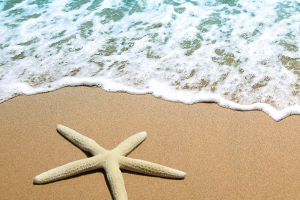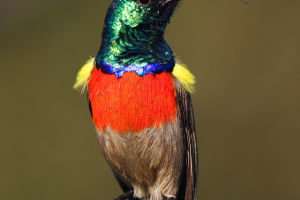The polar bear, also known as the white bear or ice bear, is a large carnivorous mammal that inhabits the Arctic region. It is the largest surviving bear species in the world and the largest surviving land carnivore.
Polar bears are well known for their thick, insulating fur, which appears white or yellow and keeps them warm in the freezing temperatures of their habitat. While their fur is translucent, their skin is actually black, which helps to absorb the sun's rays and keep them warm.
These majestic creatures are primarily found in the Arctic Ocean, where they inhabit the ice floes. The ice floes serve as a platform for feeding, resting, and breeding, and polar bears rely heavily on these ice floes to survive.
Unfortunately, the Arctic ice floes are melting at an alarming rate due to global warming, which is causing polar bear habitats to shrink and become fragmented. This has made it more challenging for polar bears to hunt seals under the ice and affects their migration and mating behavior.
Polar bears mainly feed on seals, but they will also eat other animals and plants when necessary. They typically hunt on the ice and can swim and dive with great ease. Despite having a strong sense of smell and hearing, polar bears have poor eyesight.
In the spring, polar bears mate, and females enter their dens in the winter to give birth. Cubs usually number two or three per litter and remain with their mothers for around two years while they learn survival skills. Unfortunately, polar bears face numerous threats, including global warming, anthropogenic pollution, and hunting. These factors have led to a decline in their population and habitat, and they are currently listed as a vulnerable species by the International Union for Conservation of Nature.
As the polar bear's habitat continues to shrink, it has led to increased human-wildlife conflicts, as some hungry polar bears venture closer to human settlements in search of food. This poses a safety threat to humans and exposes polar bears to more pollution and disease.
To protect polar bears, in 1973, all polar bear range states signed the Global Polar Bear Conservation Agreement, which established detailed agreements on the movement, protection, and management of polar bears.
Currently, many countries and organizations are working to reduce greenhouse gas emissions, restore sea ice areas, and monitor and protect the Arctic ecosystem.
The polar bear is an iconic species that is facing significant threats to its survival. It is imperative that we take action to protect this species and its habitat before it's too late.
By reducing our greenhouse gas emissions and working to restore the Arctic ecosystem, we can help ensure that polar bears continue to thrive in their natural habitat for generations to come.
Polar bears are not only important to the Arctic ecosystem, but they also have significant cultural and economic value. Many indigenous communities rely on polar bears for food, clothing, and other traditional uses, and polar bear tourism is a major source of income for Arctic regions. However, as climate change continues to threaten the polar bear's habitat, it also poses a significant risk to the livelihoods and cultures of these communities. The loss of sea ice has not only impacted the polar bear's ability to hunt, but it also affects the ability of indigenous peoples to hunt, travel, and access traditional resources.
Efforts to protect the polar bear must include engagement with and support for these communities, as they are the stewards of the Arctic environment and have valuable knowledge and expertise to contribute to conservation efforts.
In addition, it is crucial to involve diverse stakeholders in conservation efforts, including governments, industry, and NGOs, to ensure a comprehensive and effective approach to protecting the polar bear and its habitat.
Overall, the polar bear's plight is a stark reminder of the urgent need to address the root causes of climate change and work together to protect our planet's biodiversity and the livelihoods of those who depend on it.


